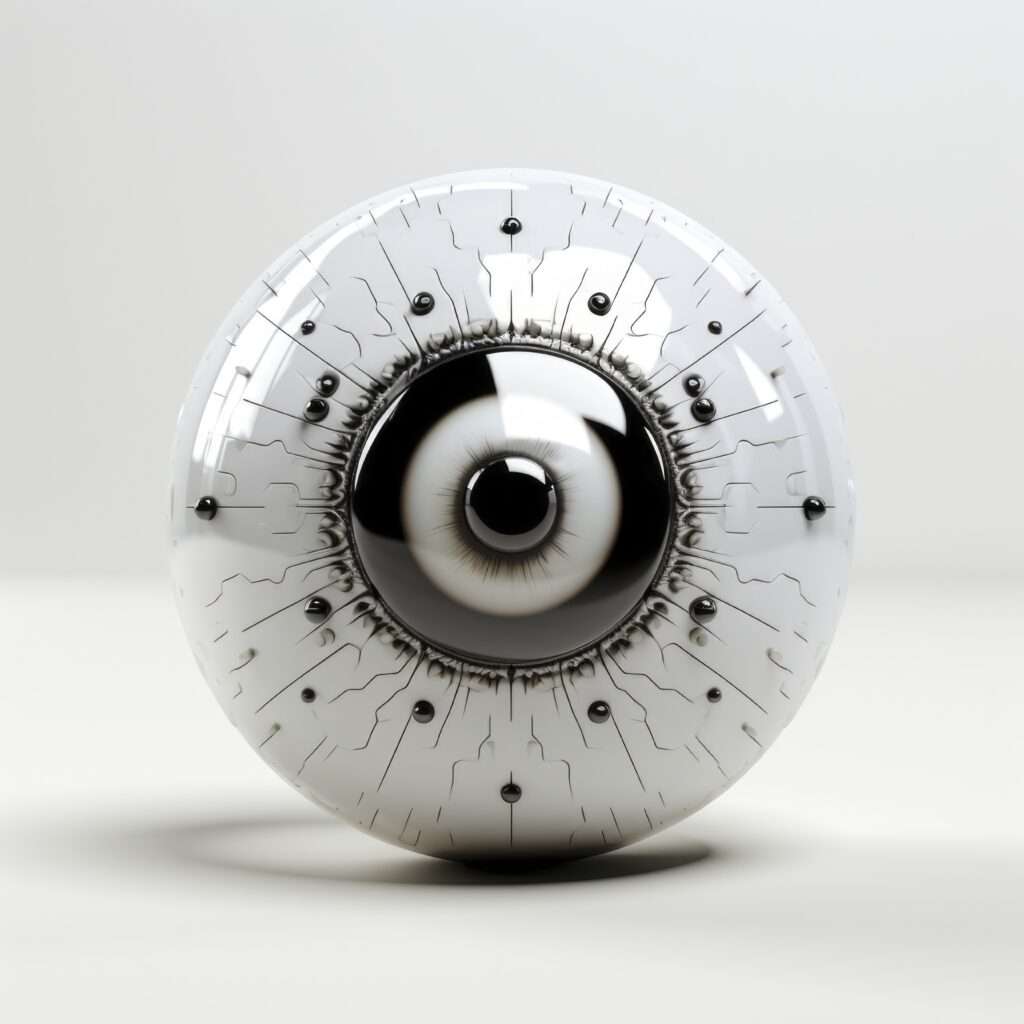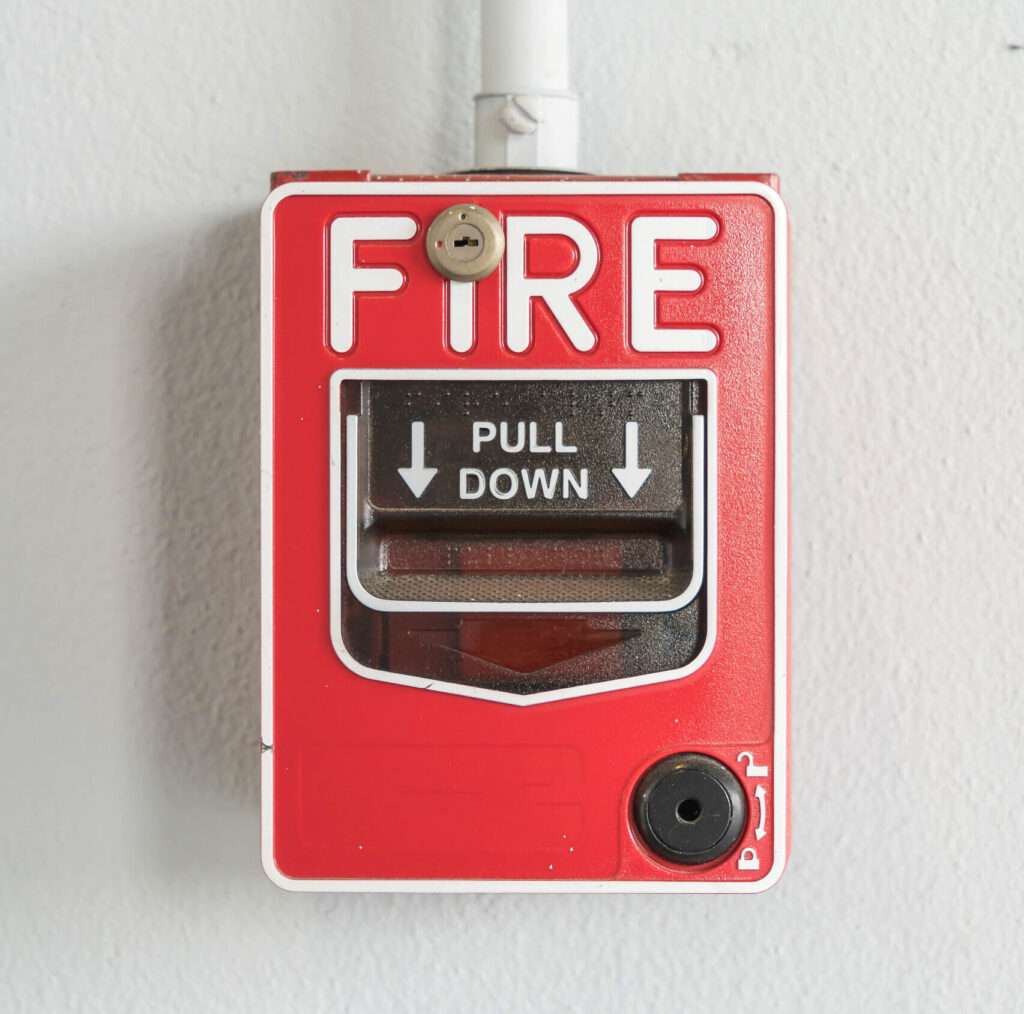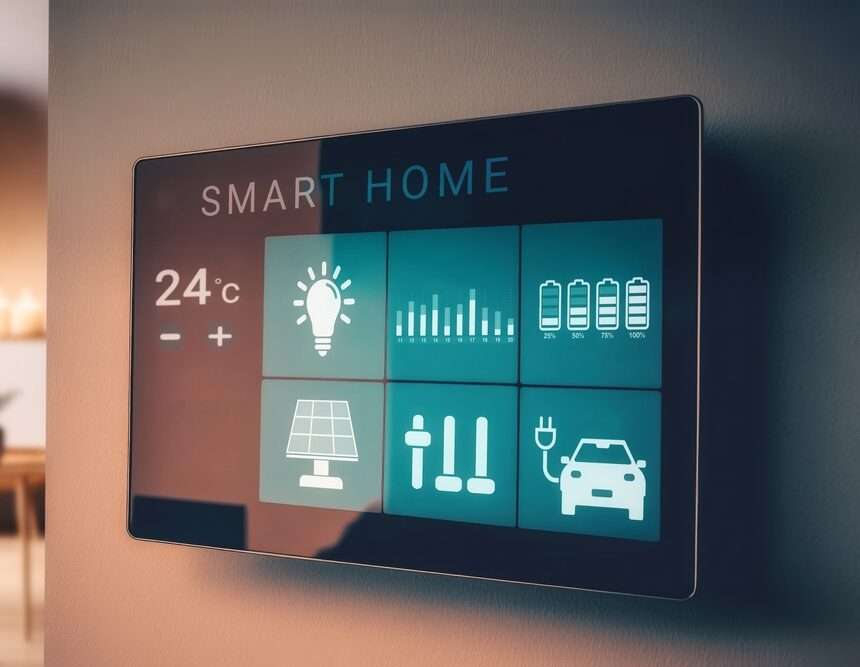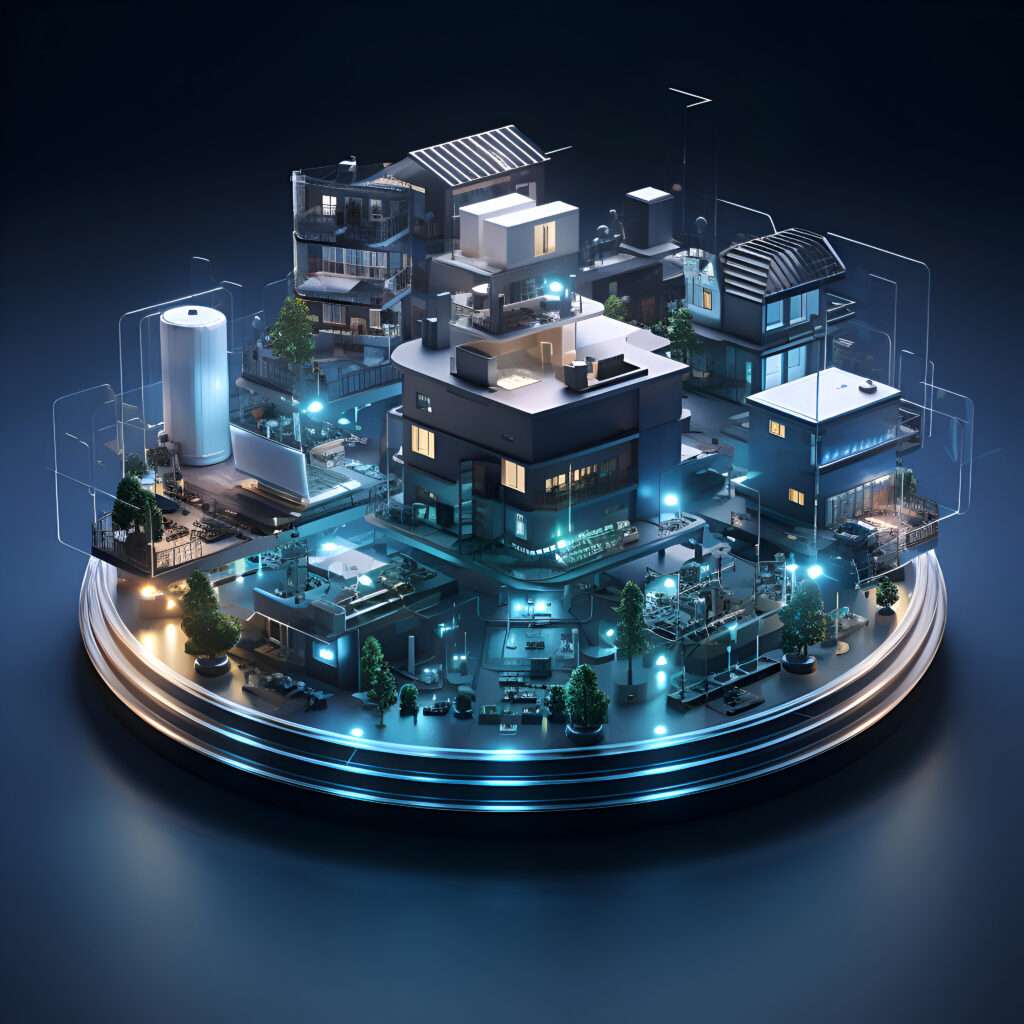H & O Automation Systems Limited | Advanced Security & Smart Solutions for Homes and Businesses
In 2017, 123 police CCTV surveillance cameras in Washington, D.C., were hacked and taken offline — right before a high-profile public event. The issue wasn’t the camera. It was a...
Artificial Intelligence (AI) is revolutionizing various industries, and the security and automation sector is no exception. From facial recognition and predictive analytics to intelligent surveillance and automated threat detection, AI-powered...
In today’s fast-paced world, safety is a top priority for building owners, facility managers, and homeowners. Life safety systems play a crucial role in protecting occupants from potential hazards such...
Imagine being able to control every aspect of your home—lighting, temperature, security, and entertainment—right from your smartphone or voice assistant. Home automation has transformed the way people interact with their...






